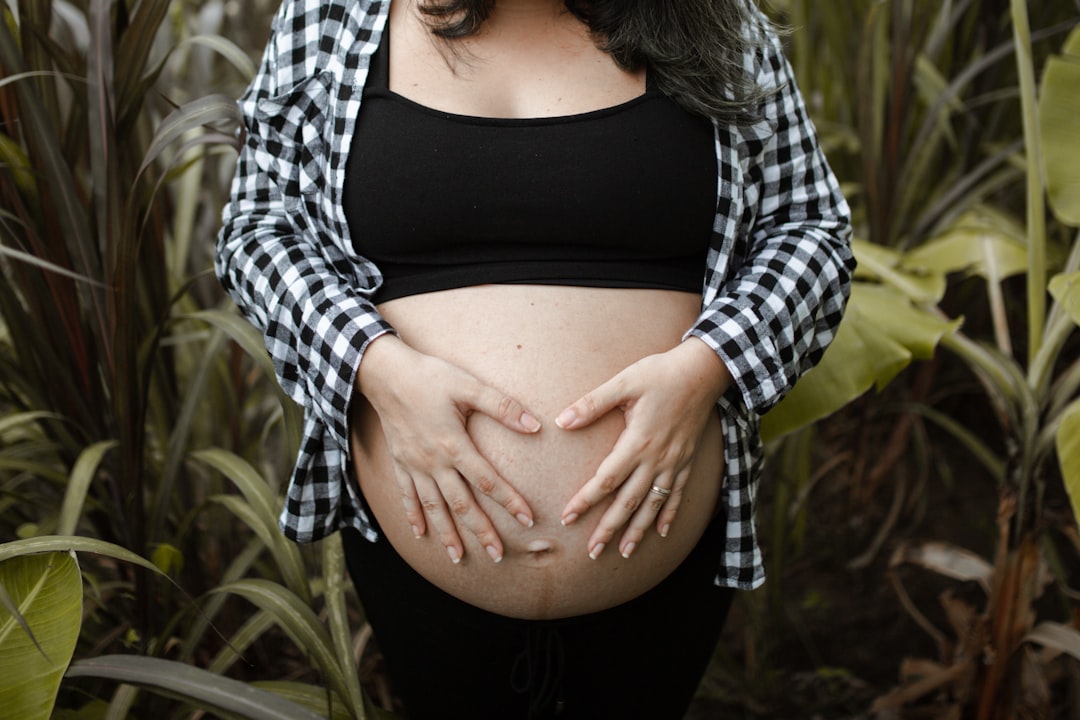Do postpartum belly bands & wraps help with recovery? Here’s what the experts say
If you’ve scrolled through social media during your pregnancy or postpartum journey, you’ve likely spotted influencers and new moms sporting belly bands or wraps. These supportive garments have surged in popularity, with the global belly band market estimated to reach $500 million by 2025, according to Data Insights Market.
But beyond the trendy photos and celebrity endorsements, what do medical professionals actually say about these postpartum recovery aids? Do they deliver on their promises, or are they simply a comfort accessory? Let’s unwrap the facts.
What are postpartum belly bands and wraps?
Postpartum belly bands and wraps are supportive garments designed to provide compression around your abdomen after childbirth. They come in various styles—from simple elastic bands to more structured wraps with adjustable closures.
These products offer “gentle compression around your tummy and back, lending support to your weakened muscles and aiding circulation,” according to The Bump. They’re especially popular in North America, where awareness of postpartum care options is relatively high due to elevated per capita income and growing attention to recovery needs.
Potential benefits: What the experts say
Physical support and comfort
Many healthcare providers acknowledge the comfort benefits of postpartum support products.
“We have been prescribing abdominal binders for a long time… with obstetrics these wraps help women recovering from a vaginal delivery or a C-section with their posture, abdominal support, and self-confidence,” explains Dr. Jay Goldberg, an OB/GYN cited by WebMD.
For C-section moms, the evidence seems particularly promising. “Studies show that wraps or binders might help with pain and healing after a C-section,” notes WebMD. The gentle pressure can provide stability when moving, coughing, or laughing—activities that might otherwise cause discomfort at the incision site.
Dr. Radhika Sharma, an OB/GYN, shares her personal experience: “I used a postpartum belly wrap myself and do recommend it to my patients, especially if they’re concerned with back and pelvic discomfort after giving birth.”
Posture improvement
After pregnancy, your core muscles are weakened, and your center of gravity shifts. Belly bands can provide temporary external support while your body readjusts.
“These wraps help women with their posture,” Dr. Goldberg points out. This support may be particularly valuable during those early weeks when you’re spending long hours holding, feeding, and caring for your newborn.
Potential uterine involution support
Some proponents suggest belly wraps might help your uterus return to its pre-pregnancy size faster, though the evidence is less conclusive here.
“The gentle compression on the abs may help the uterus return to its normal size quicker,” suggests Dr. Donnica Moore of Sapphire Women’s Health Group, though she acknowledges that clinical evidence for this benefit is limited.
Limitations and considerations
Not a weight loss solution
Despite what some marketing claims might suggest, experts are clear that belly bands aren’t magic solutions for postpartum weight loss.
“You may feel more comfortable and may feel like moving more, and the more you move and exercise, the quicker you get your figure back,” explains Dr. Moore. The key takeaway? Any figure benefits likely come from the increased comfort that encourages movement—not from the wrap itself.
Notably, no guidelines from major medical organizations like ACOG or the CDC endorse belly bands specifically for weight loss or guaranteed physical recovery benefits.
Timing and duration matters
If you’re considering using a postpartum support product, timing is important.
“Women can typically begin wearing a postpartum wrap within the first few days after a vaginal birth or C-section—once they feel comfortable,” advises Dr. Sarah de la Torre, CMO of Joylux, in The Bump.
For maximum benefit, WebMD suggests wearing it for 4 to 6 weeks after delivery. However, continuous 24/7 use isn’t recommended, as your body also needs time to strengthen its own muscles.
Material and fit considerations
When selecting a postpartum belly wrap, comfort and functionality should guide your choice.
Look for “breathable fabric that won’t irritate the skin, especially during the healing process,” recommends Girlboss. Consider “size and adjustability… to ensure a comfortable and secure fit” as your body continues to change postpartum.
Making an informed decision
Like many postpartum recovery tools, belly wraps aren’t one-size-fits-all solutions. Consider these questions when deciding if one is right for you:
- Do you have specific discomfort that extra support might help alleviate?
- Are you recovering from a C-section and need incision support?
- Have you discussed postpartum support options with your healthcare provider?
Remember that belly bands work best as one component of a comprehensive postpartum recovery approach that includes appropriate rest, gentle movement, proper nutrition, and pelvic floor rehabilitation when needed.
The bottom line
Postpartum belly bands and wraps appear to offer legitimate comfort and support benefits for many new mothers, particularly those recovering from C-sections. They may help with posture, provide abdominal support, and boost confidence during a vulnerable time.
However, their effects on weight loss and permanent body changes are limited, and they shouldn’t replace proper core strengthening and pelvic floor rehabilitation.
If you’re interested in trying a postpartum support product, discuss it with your healthcare provider first. They can offer personalized advice based on your specific recovery needs and help you integrate it appropriately into your postpartum journey.
Your postpartum recovery deserves thoughtful care and evidence-based approaches. Whether or not a belly band becomes part of your toolkit, remember that healing takes time, and every mother’s journey is uniquely her own.



